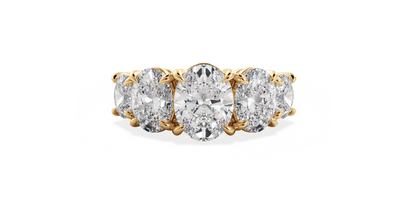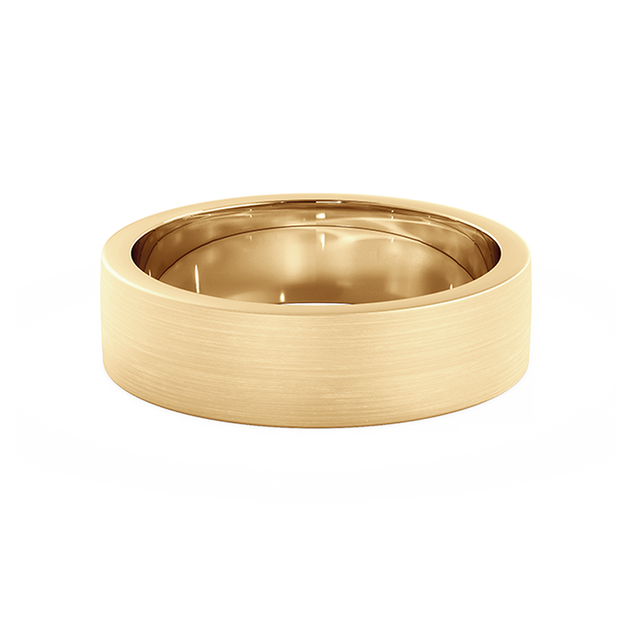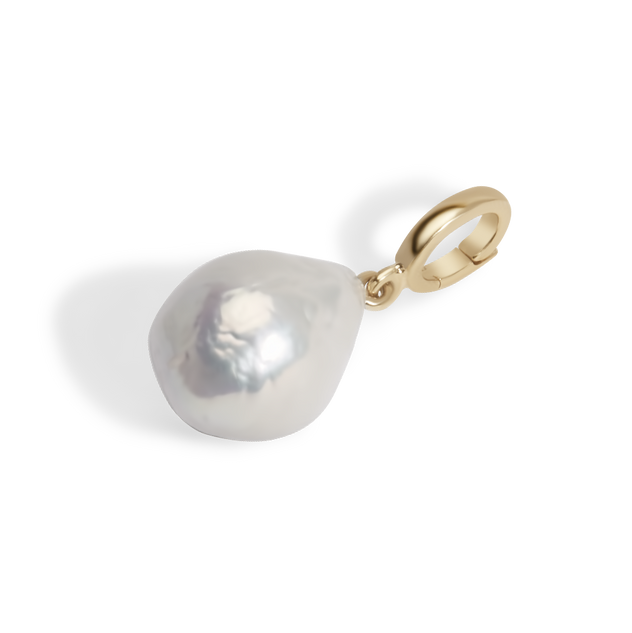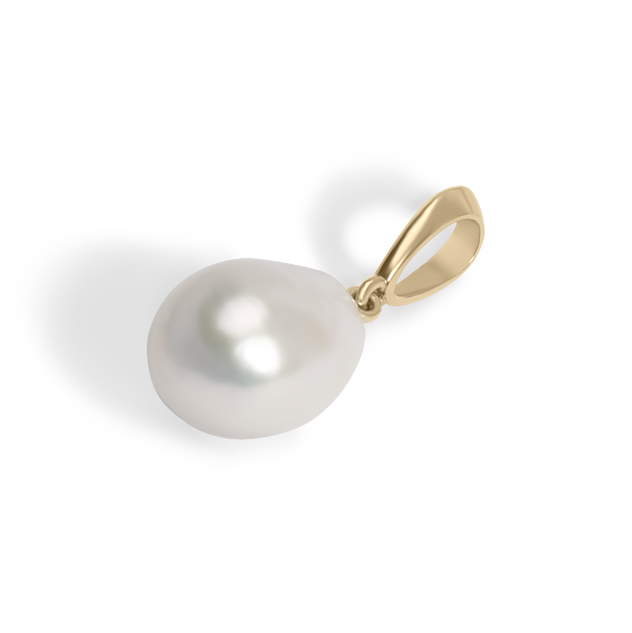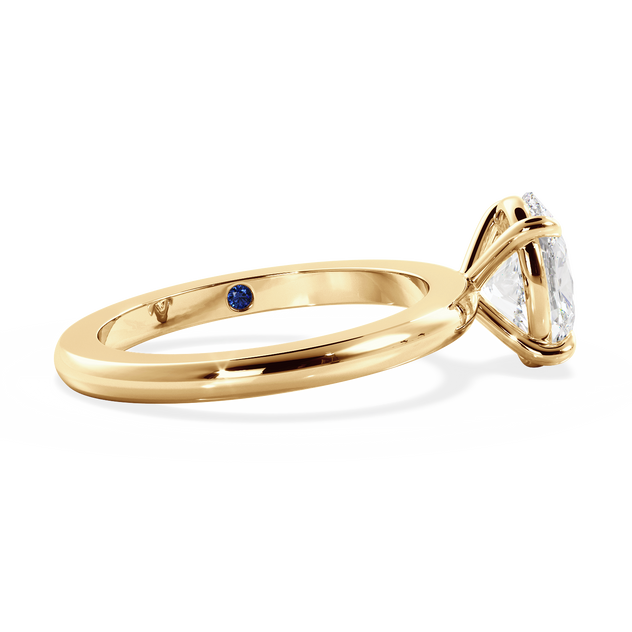Use an existing ring that fits on the ring finger
White gold has become an increasingly popular choice for jewellery enthusiasts due to its elegant and timeless appearance. Despite this, many people may not know that white gold is not naturally white, but rather a yellow gold alloy mixed with other metals to create its appearance. To enhance the whiteness and durability of white gold, rhodium plating is often applied. Learn more about rhodium plating below.
Rhodium is an exquisite, silvery-white, hard, and durable metal that belongs to the platinum group of metals. It is renowned for its resistance to corrosion, oxidation, high reflectivity, and lustre. Due to its exceptional durability, rhodium plating provides a long-lasting protective layer for white gold jewellery, preventing scratches, tarnishing, and other forms of damage.

The process of rhodium plating involves electroplating a thin layer of rhodium onto a white gold piece of jewellery. The rhodium plating process requires immersing the jewellery in a bath of rhodium solution and applying an electrical charge to bond the rhodium to the metal. The result is a bright, white, and highly reflective finish that enhances the beauty of the white gold.
At LOUISE JEAN, all of our white gold engagement rings, wedding rings, and fine jewellery pieces are rhodium plated as standard. Rhodium plating enhances the whiteness of white gold, which can become discoloured or dull over time due to exposure to environmental factors such as air and water. Additionally, rhodium plating can improve the durability of white gold, making it more resistant to wear and tear.
The longevity of rhodium plating can vary, depending on how often the piece of jewellery is worn and how it is cared for. On average, rhodium plating can last between 6 months to 2 years. Over time, the rhodium layer may wear away, and the underlying white gold may start to show through. This is most common in areas that receive the most friction, such as the tops of claws, on the band between your fingers or on the inside of your hand. If this occurs, our LOUISE JEAN pieces can be re-plated to restore its original shine and lustre.
It is possible to wear non-rhodium plated white gold jewellery, although it may not have the same bright and reflective finish as rhodium plated jewellery. Non-rhodium plated white gold can still be beautiful but may require more maintenance to keep it looking its best. For LOUISE JEAN men's wedding bands, we typically apply rhodium plating as standard practice. It is worth noting, however, that certain clients may opt out of rhodium plating due to personal preference for a warmer colour or to minimise the need for frequent re-plating.

Left: Unplated | Right: Plated
We believe that the choice of metal is crucial when selecting the perfect engagement or wedding band. While we offer a range of metal options, we do not recommend un-plated white gold for women's engagement or wedding bands. Its warmer, less lustrous colour may not complement the brilliance of diamonds, diminishing the overall impact of the piece. Instead, we suggest considering yellow or rose gold metals for those who prefer a warmer, more traditional feel. Alternatively, for those seeking a brighter, whiter metal without the ongoing maintenance of rhodium plating, platinum is an excellent option and exudes luxury and sophistication. Please refer to our comprehensive metals guide to discover the perfect metal for you.
If you have any questions or concerns about rhodium plating, our expert consultants are available to assist you. We rhodium plate all of our LOUISE JEAN white gold pieces during their annual service and clean, which is required when a white gold ring is polished and buffed. If you need your ring re-plated more frequently, LOUISE JEAN offers a professional re-plating service to restore the rhodium layer on your white gold ring. Contact us here to inquire about the rhodium re-plating process, pricing, and timeframes.
